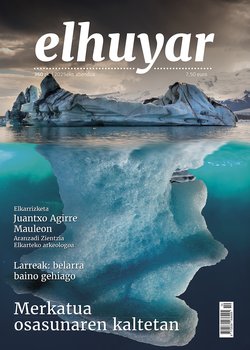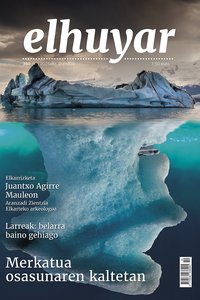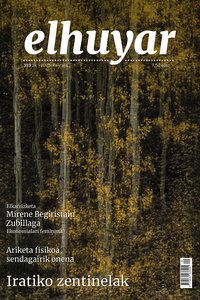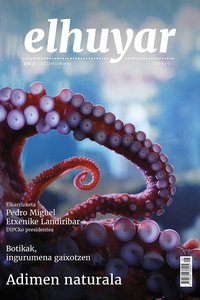It has been shown that there is a direct relationship between hot nights and mortality

In an international study, the impact of nocturnal air temperature on mortality between 1990 and 2018 has been studied in 178 locations in 44 countries around the world (including the Basque Country) and using two thermal indices: excessive temperature and duration of hot nights. The study, led by the Spanish General Council of Scientific Research (CSIC), concludes that hot nights increase the risk of death and that the influence of night temperatures is separated from those of the day.
Researchers emphasize the value of the work. Indeed, the recent decades have seen an increase in hot nights, which are expected to increase as a result of climate change. All this highlights the need to understand the impact of the night. This knowledge is essential for defining public health strategies and guiding adaptation initiatives.
To this end, research has been carried out. They explain that the heat of the night is deliberately harmful. On the one hand, it does not allow the body to recover after the thermal stress accumulated during the day. On the other hand, it affects sleep quality. And, in general, it can aggravate cardiovascular, neurological and respiratory diseases. In cities, the problem is exacerbated by the island effect, which is particularly felt by those with modest economic resources, the elderly and those suffering from chronic diseases.
Thus, the researchers have made some proposals to address the situation: the recognition of night heat in early warning systems; the establishment of climate refuges and the expansion of green spaces in cities; the guarantee of adequate thermal conditions in homes, hospitals and residences; and the redesign of prevention plans, considering night heat as a specific risk.
The study has been published in the open journal Environment International. It is also recognized that further research is needed to understand the impact on the most vulnerable population groups; to clarify the relationship between daytime and nighttime temperatures; and to see the impact of intensity and duration on whether a short period of very high temperature or a long period of less high temperature is more detrimental.
Buletina
Bidali zure helbide elektronikoa eta jaso asteroko buletina zure sarrera-ontzian










